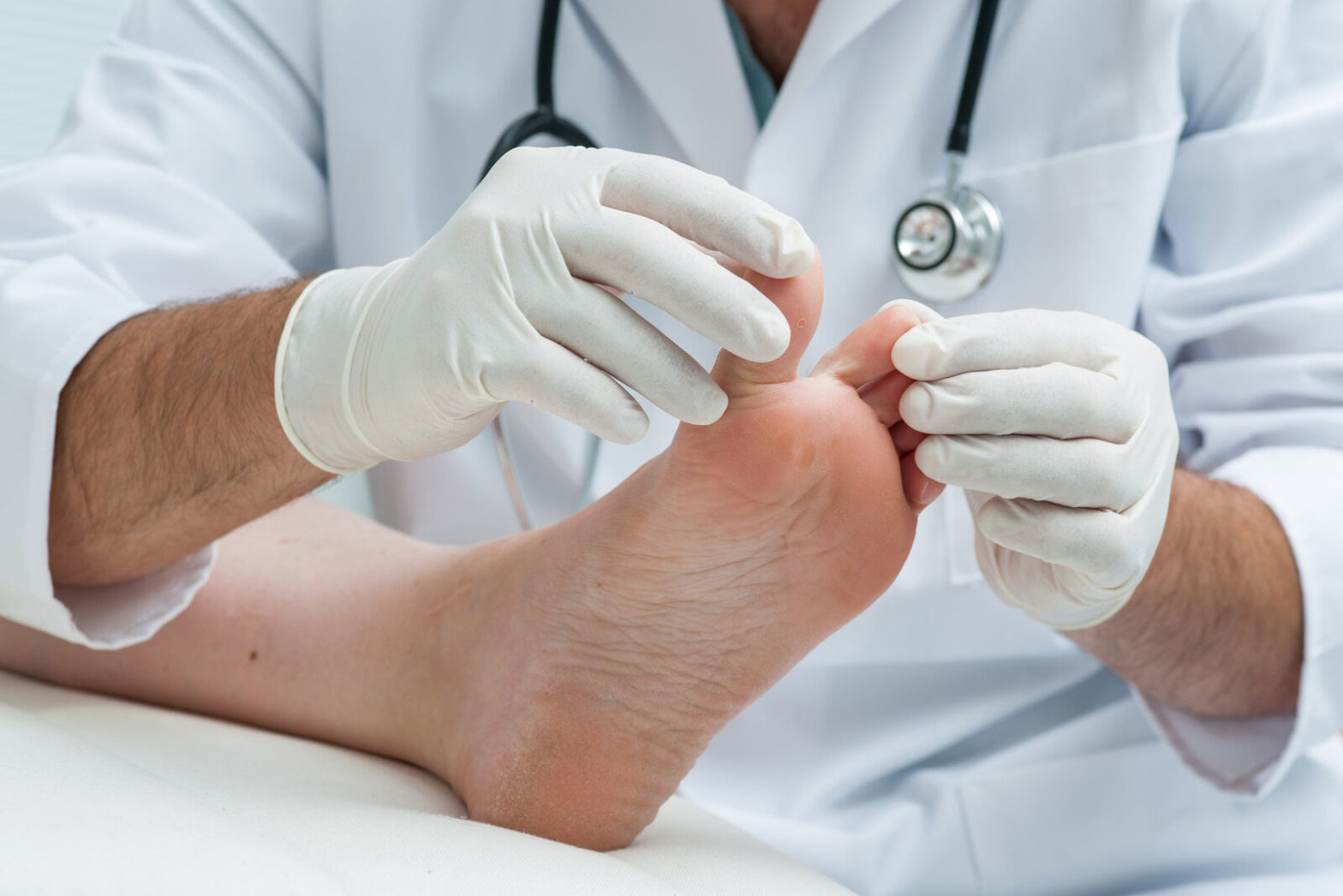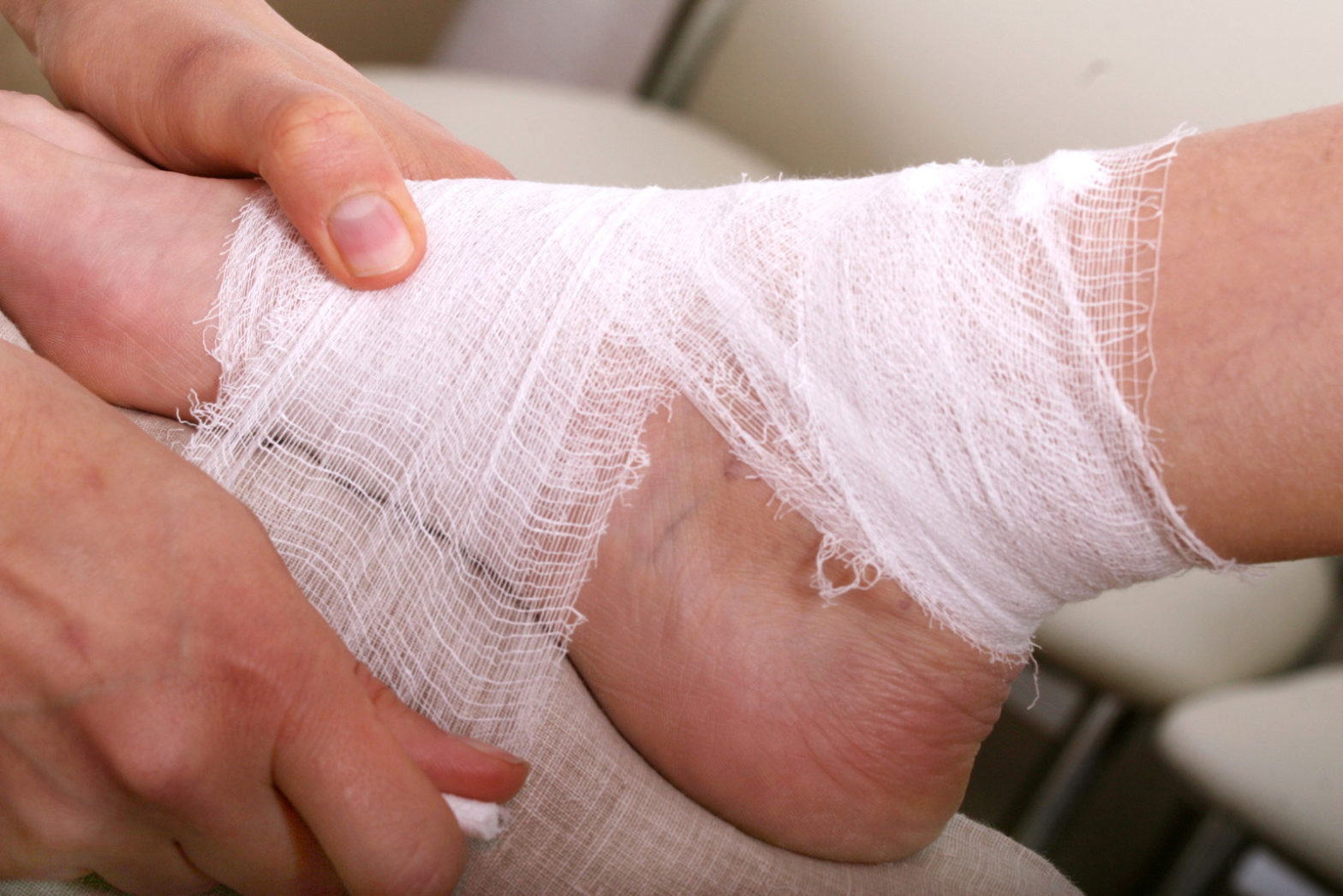Podiatrists treat a very specialized set of symptoms, diseases, and conditions related to the foot and ankle. These specialists address a range of medical areas, including sports medicine, wound care, diabetic care and surgeries, which keeps them very busy. Podiatry coding and billing is complex as procedures and services related to the foot are very specific because of medical necessity requirements and restrictions on the conditions that can be treated. To maximize their reimbursement, these specialists need to understand what will be covered, choose the appropriate codes for their services, and ensure clean documentation.
Experienced podiatry billing companies will handle all tasks related to claims processing including reviewing claims to ensure proper coding, verifying eligibility benefits, sending out claims, and keeping track of all accounts receivable. They also file claims electronically.
Medicare coverage for podiatry services
In podiatry services, CMS will provide coverage only for treatments that are considered medically necessary and reasonable foot care. Treatments that get coverage are often related to bunion deformities and heel spurs. Medicare also covers a foot exam every six months for patients with diabetes, diabetic peripheral neuropathy and loss of protective sensations.
Based on CMS’ fact sheet, it will not cover certain foot care services such as routine foot care, flat foot, subluxation of the foot, supportive devices of the foot and therapeutic shoes for individuals with diabetes, unless and until it is an emergency. In the case of ‘routine foot care,’ coverage will be provided in certain circumstances such as – if the patient is suffering from a disease affecting circulatory problems or lack of sensation in the legs/ feet, warts, infections, ulcers, wounds and needs treatment, fungal treatment, and the presence of a metabolic, neurologic or peripheral vascular disease. Routine foot care includes the treatment of corns and calluses (cut and removal), nail treatment (cut, clip, and debridement), hygiene care or other services not indicating any infirmity or injury.
1. Proper insurance verification
Health insurance verification is all about the process of checking a patient’s active coverage with the insurance company and verifying the eligibility of his or her insurance claims. Insurance verification is the initial process in podiatry billing. Checking and verifying the patient’s insurance eligibility and benefits prior to the treatment helps reduce denial rates and increase cash flow. Patients must be informed of their payment responsibilities at the time of appointment scheduling, which helps them decide on the course of treatment and the practice can also avoid last minute cancellations due to ineligibility reasons.
Along with checking the patient’s insurance coverage with the concerned insurance company, make sure to verify all details including patient’s name, date of birth, address, insurance ID number, deductible and insurance phone number.
2. Accurate codes matter
Podiatry coding also involves challenges. The most appropriate code available should be used to document podiatry procedures in medical claims. For all medical claims, whether related to pressure ulcers, infections, injuries, active wound care management or debridement, it is critical to include the right CPT, HCPCS and ICD-10 codes.
Medical codes used in the billing of foot care are:
CPT
- 11055 – Trimming of skin lesion
- 11056 – Trimming of skin lesion (two to four)
- 11057 – Trimming of skin lesion (more than four)
- 11719 – Non-dystrophic nails trim
- 11720 – Debridement of nail (till 5)
- 11721 – Debridement (more than six)
- 11730 – Partial or complete nail plate avulsion
- 11732 – Additional partial or complete nail plate avulsion
HCPCS
- G0127 – Trimming of dystrophic nails, any number
- G0245 – Initial physician evaluation and management of a diabetic patient with diabetic sensory neuropathy resulting in a loss of protective sensation (lops) which must include: (1) the diagnosis of lops, (2) a patient history, (3) a physical examination that consists of at least the following elements: (a) visual inspection of the forefoot, hind foot, and toe web spaces, (b)evaluation of a protective sensation, (c) evaluation of foot structure and biomechanics, (d) evaluation of vascular status and skin integrity, and (e) evaluation and recommendation of footwear and (4) patient education
ICD-10
- B35.3 – Tineapedis
- B07.0 – Plantar wart
- E11.621 – Type 2 diabetes mellitus with foot ulcer
- E13.4 – Other specified diabetes mellitus with neurological complications
- S83.9 – Sprain of unspecified site of knee
- S93.3 – Subluxation and dislocation of foot
Coders should stay updated with the changing coding standards and guidelines, as any errors in codes submitted can result in denial of claims or delayed payment.
3. Choose the right modifier
In a claim form that includes certain procedure codes, it will be required to add suitable modifiers to differentiate between the codes that were charged on the date of service. In podiatry, “Q” Modifiers (Q7, Q8, and Q9) are utilized to denote Class A (Q7), Class B (Q8) and Class C (Q9) findings.
Key modifiers used in podiatry billing are –
- GX Notice of liability issued, voluntary under payer policy
- GZ Item or service expected to be denied as not reasonable and necessary
- Q7 One Class A finding
- Q8 Two Class B findings
- Q9 One class B and 2 class C findings
“Q” modifiers may be used with procedure codes 11055, 11056, 11057, 11719, 11720, 11721 or G0127. Submitting claims using Q7, Q8, or Q9 modifiers indicates the findings related to the patient’s condition.
- Class A Findings: Non-traumatic amputation of the foot or integral skeletal portion thereof.
- Class B Findings: Absent posterior tibial pulse, advanced trophic changes and absent dorsalis pedis pulse.
- Class C Findings: Claudication, temperature changes, edema, paresthesias and burning.
Usage of precise modifiers also helps to boost collections, minimize errors and avoid dwindling revenues.
4. Claims Involving Complicating Conditions
For podiatry claims involving complicated conditions, coders must
- document the name of the physician who diagnosed the condition on the first submission of the claim along with the approximate date that the beneficiary was last seen by the indicated physician (when active care is required)
- carefully document the severity of the diagnosis, not just the diagnosis itself
5. Appeal for denials
A claim may be denied, when the insurer has decided not to cover a claim and the claim will not be paid. Before appealing the claim, check the explanation of benefits (EOB) sent by the health insurance company to know the exact reason for denial. When appealing, the reason for denial should be addressed. Certain information may be missing and arguing medical necessity would not be of any value because that is not the basis for the denial. Also, check the carrier’s written policy to know the exceptions. After submitting the appeal, the practice staff should also call and confirm that the insurance company has received the appeal, or review the submission online and then follow it up in 30 days.
Coders and billing staff should also keep pace with regulatory updates to provide accurate documentation. When choosing an outsourced podiatry billing firm for such documentation tasks, make sure they are specialized in podiatry and have a proven track record in the medical billing industry.




